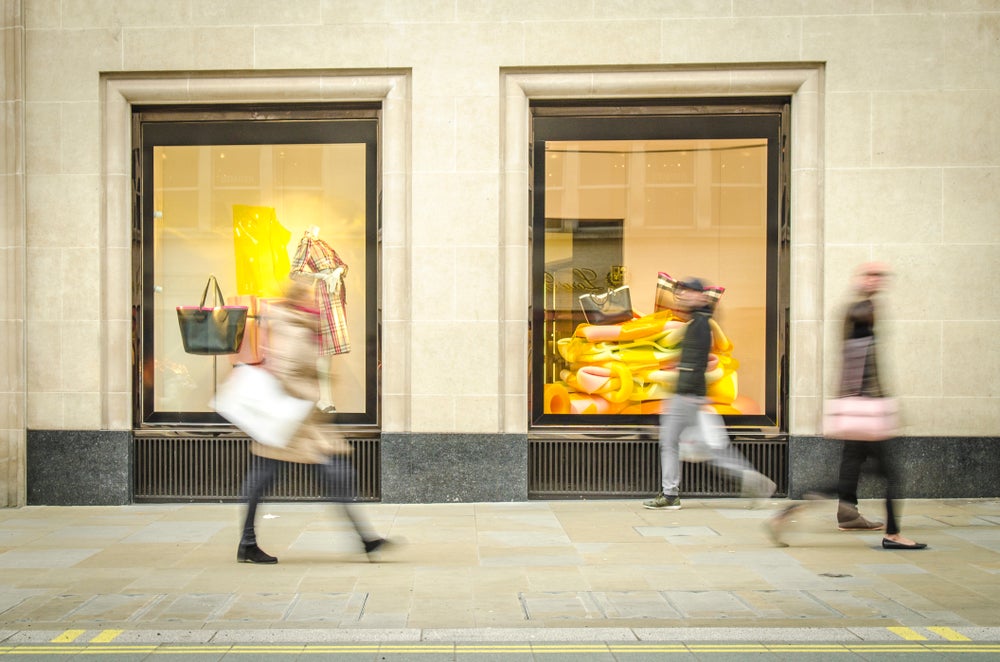With all of the noise surrounding digitalisation in the retail sector, brick and mortar retail can seem like a comparatively dying landscape.
This perception is seemingly verified by established retailers filing for bankruptcy, such as the recent cases of Bed Bath and Beyond in the US and Wilko in the UK.
The pressure is on retail investors to back technological advancements in the sector, but brick and mortar retail should not be sidelined altogether.
Retail Insight Network speaks to Jim Dillavou, national head of retail real estate investments and retail capital markets at Lincoln Property Company, about the underrated strengths of brick and mortar retail.
Is brick-and-mortar still a viable investment in the modern retail age?
Dillavou: The “demise of brick-and-mortar retail” narrative has never applied to necessity brick-and-mortar retail. Investors have long failed to distinguish between bad retail (that should fail) and good retail (that continues to be strong). Instead, the proverbial baby was often incorrectly thrown out with the bathwater.
Necessity retail has been stressed by mandatory government shutdowns during the pandemic, e-commerce pressures, and by the largest capital market adjustment since the global financial crisis. And, yet, notwithstanding these headwinds, this battle-tested asset class continues to outperform.
As the tide goes out and it becomes increasing clear who has been swimming naked, necessity retail is finally being recognised for its enduring characteristics: high barriers to entry coupled with steady, durable, and consistent returns.
What are the key factors behind retail bankruptcy?
Dillavou: The greatest historical indicator of retail bankruptcies has been a retailer’s capital structure. The growth of the global private equity business targeted retailers for expansion and growth, resulting in highly levered retailer balance sheets with aggressive growth projections. The growth of top-line revenue (i.e. sales) supported adding debt to facilitate retailer expansion.
However, a sales contraction (for whatever reason) is magnified by high leverage and can quickly result in lender covenant breeches leaving the retailer with few options – other than bankruptcy - to right-size a capital structure.
What does the retail landscape look like today?
Dillavou: The slow-drip of retailer bankruptcy headlines following the global financial crisis created a black cloud that hovered over the retail industry. However, today is different. Weak retailer balance sheets were unable to survive the adaptation to omni-channel retailing and the pandemic stress-test. Surviving retailers with more robust management teams, capital structures and operational efficiencies have adapted to the current norms of retailing and are now leveraging their expertise to strategically grow market share.
While there will always be weak retailers and bankruptcies, the retail industry has reached an equilibrium with e-commerce and an understanding of omni-channel retailing which will allow for more measured growth through the next expansion cycle.









